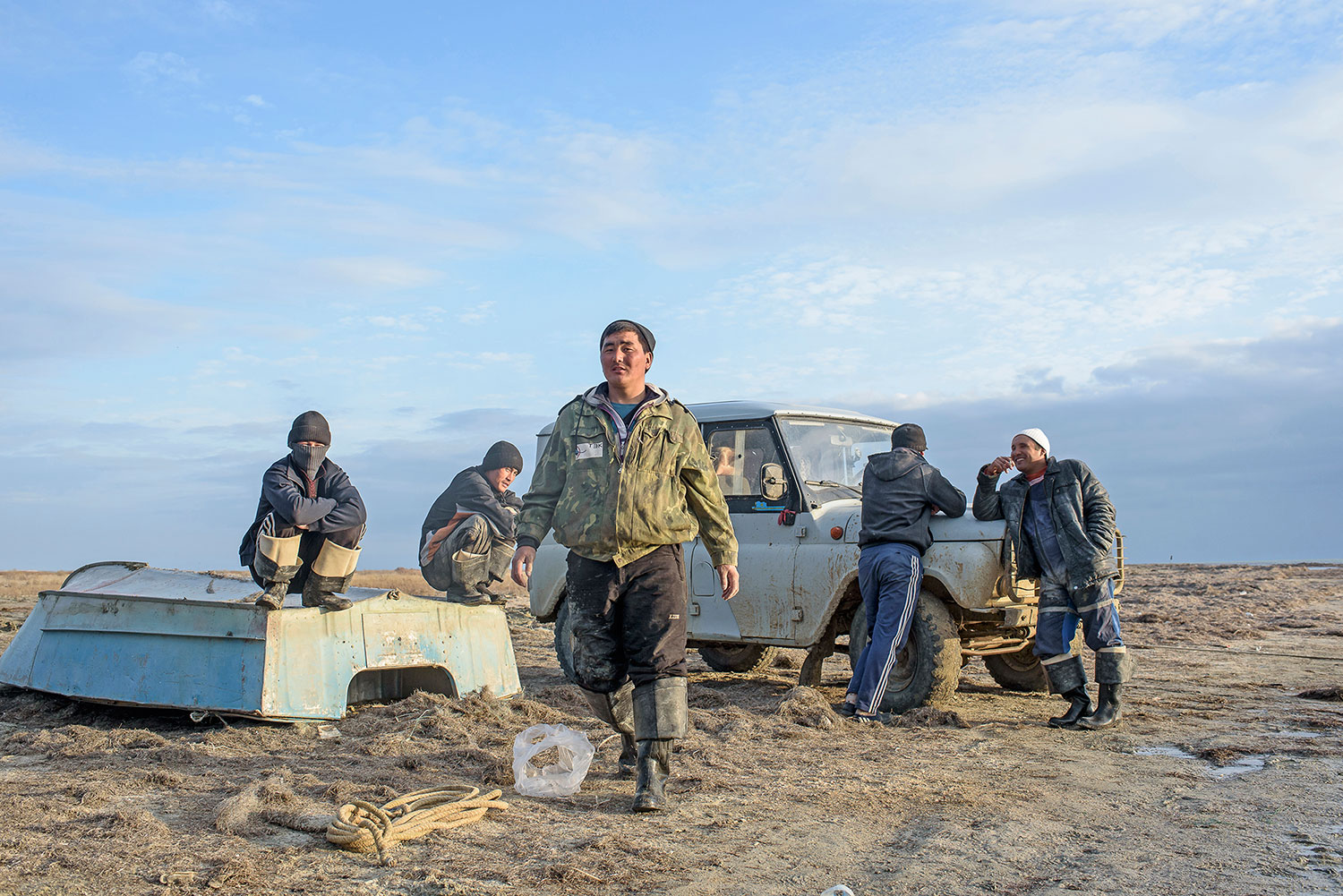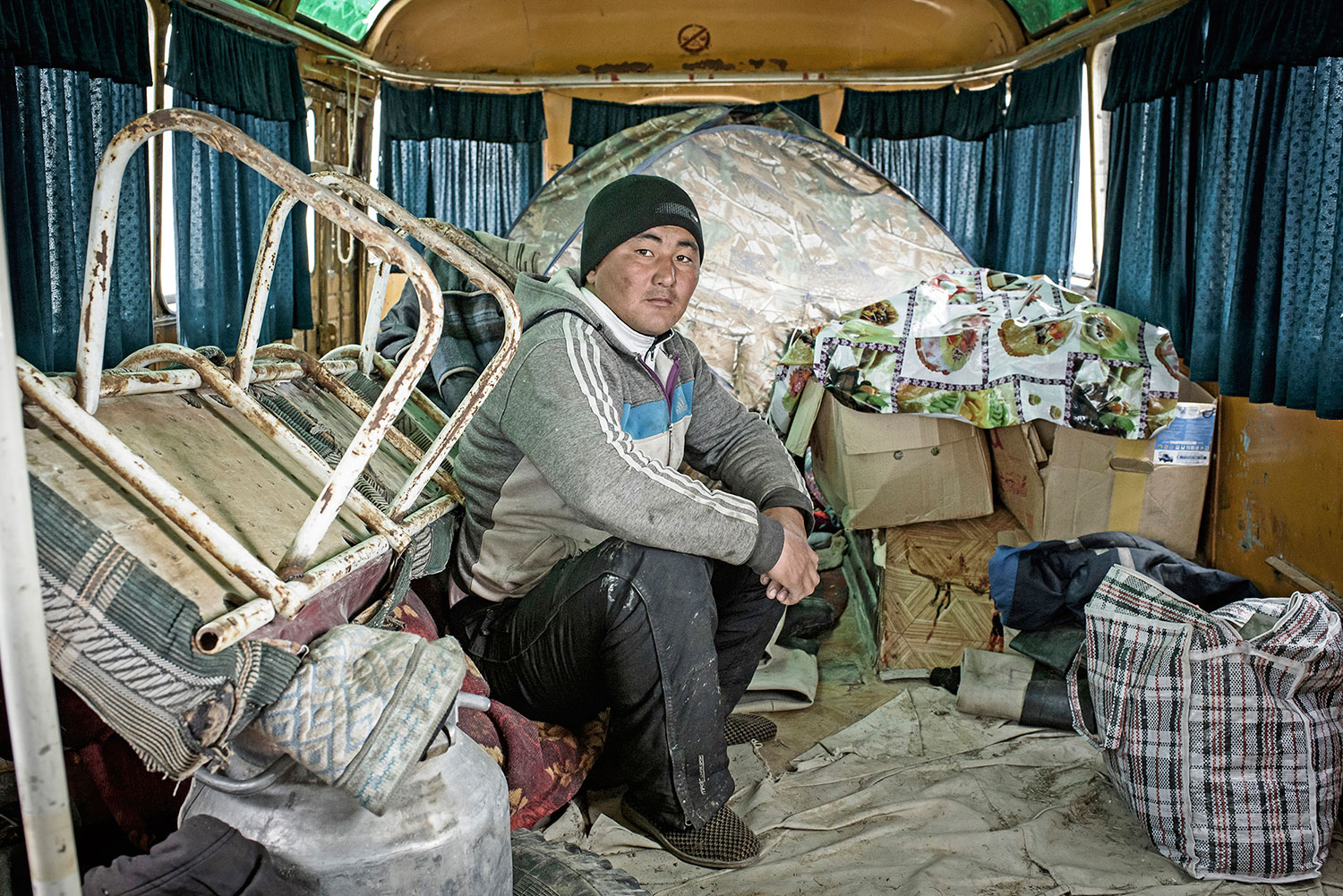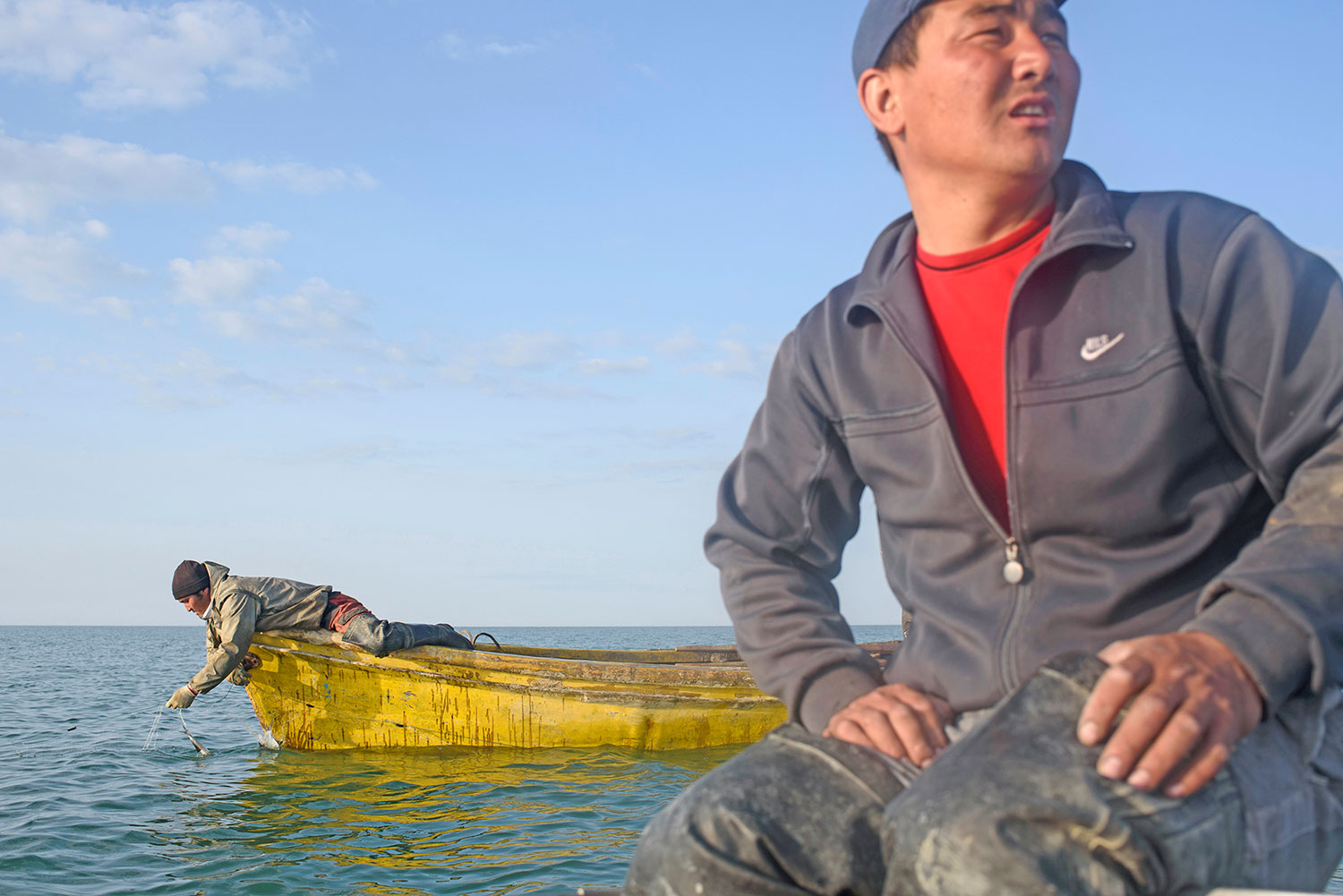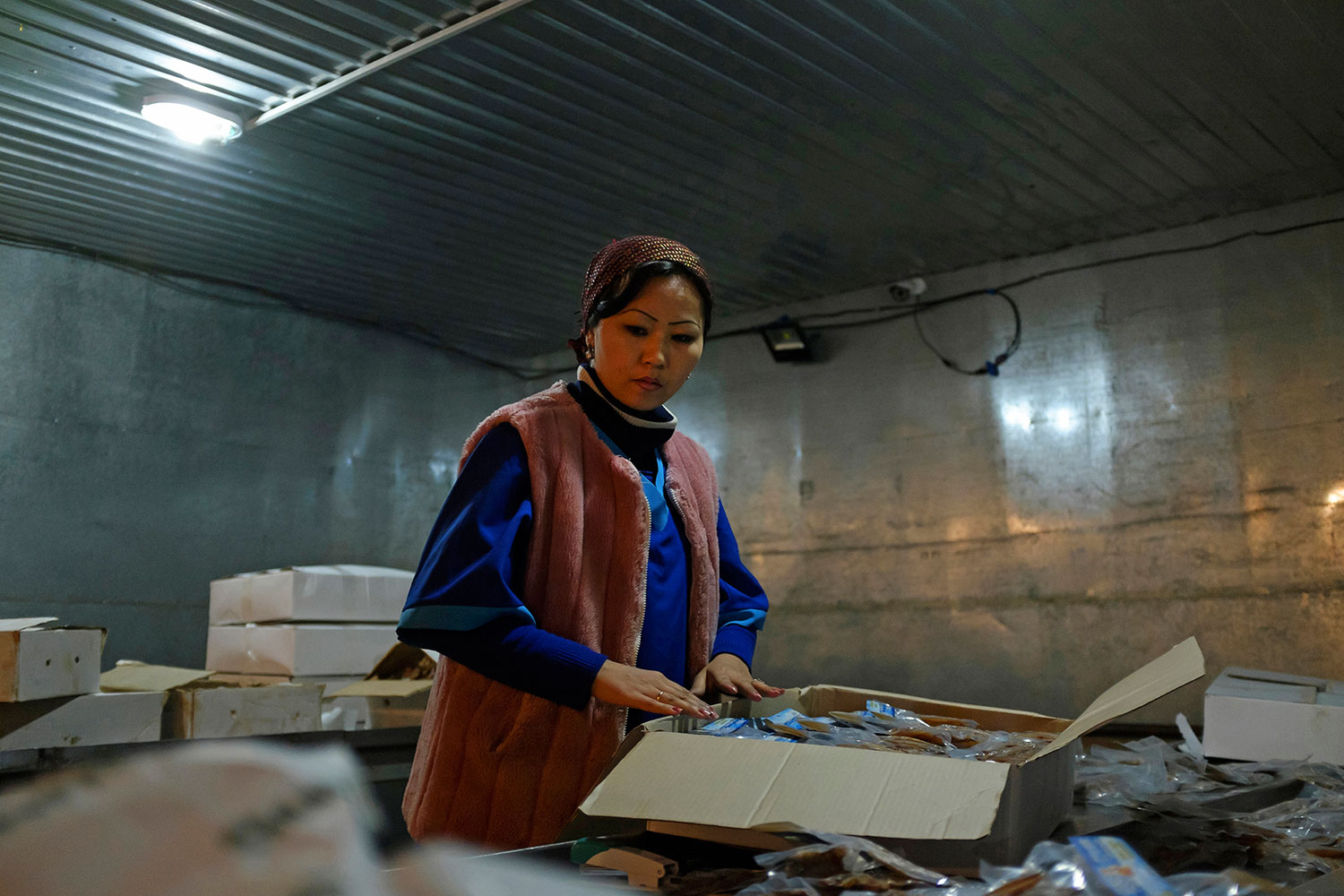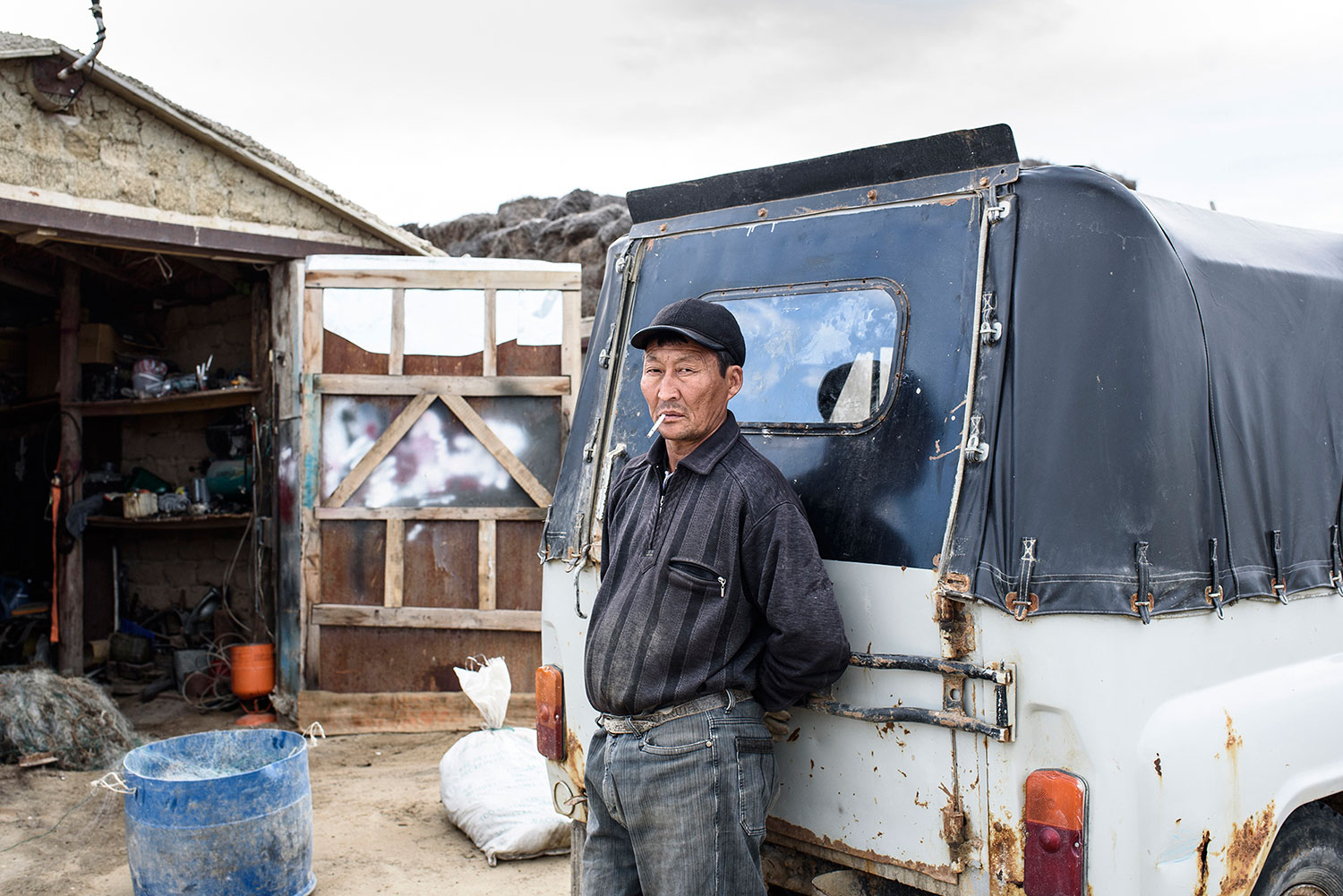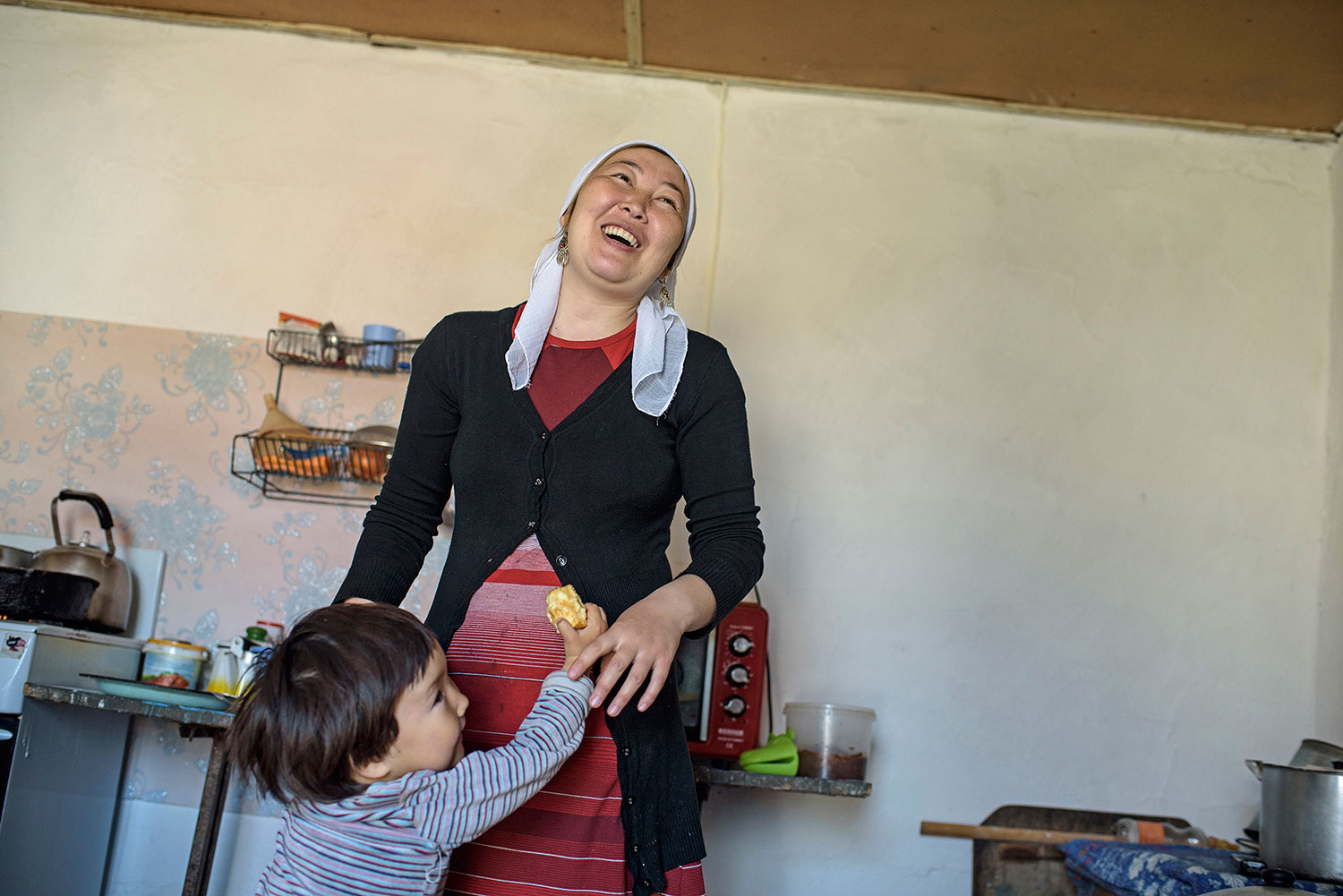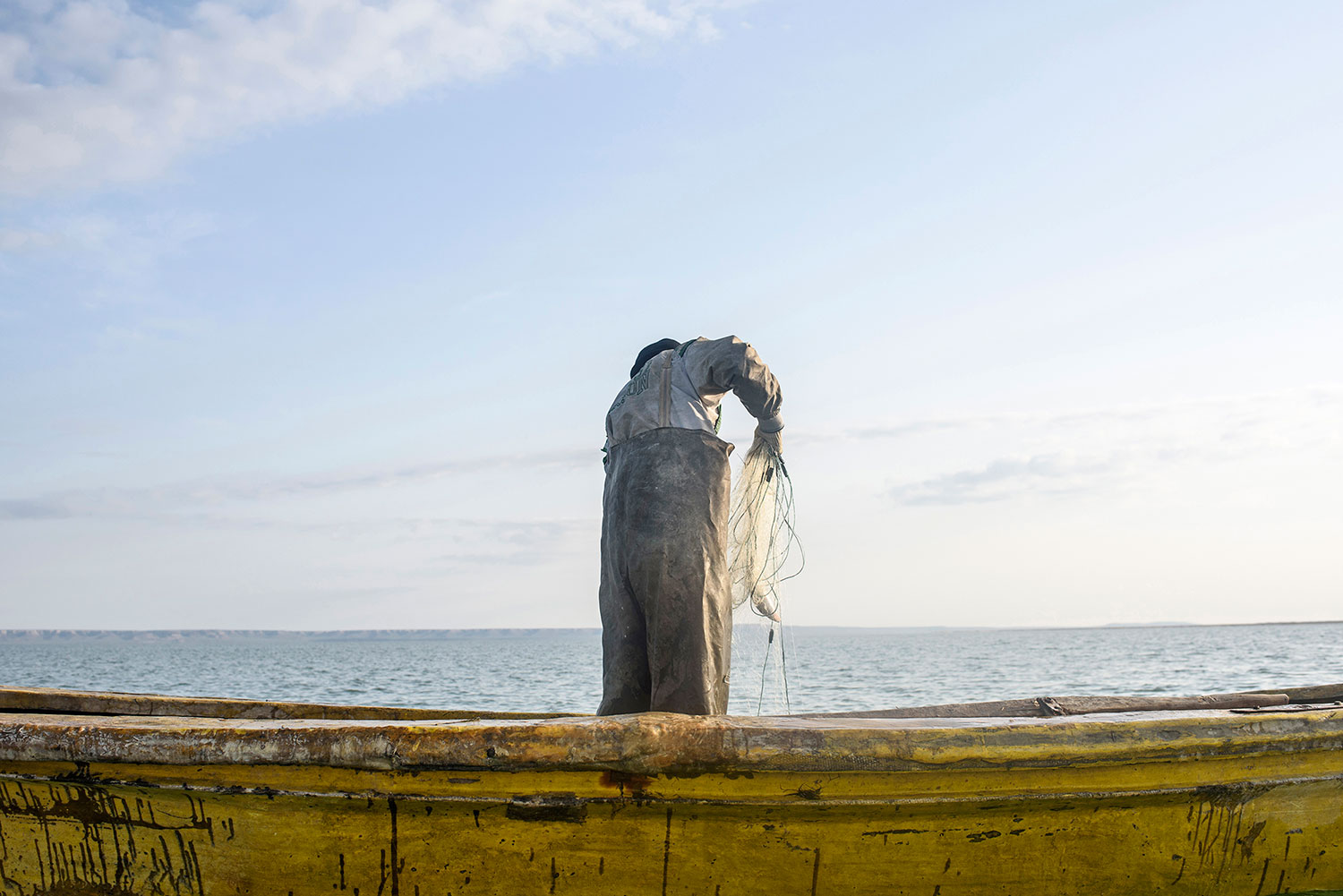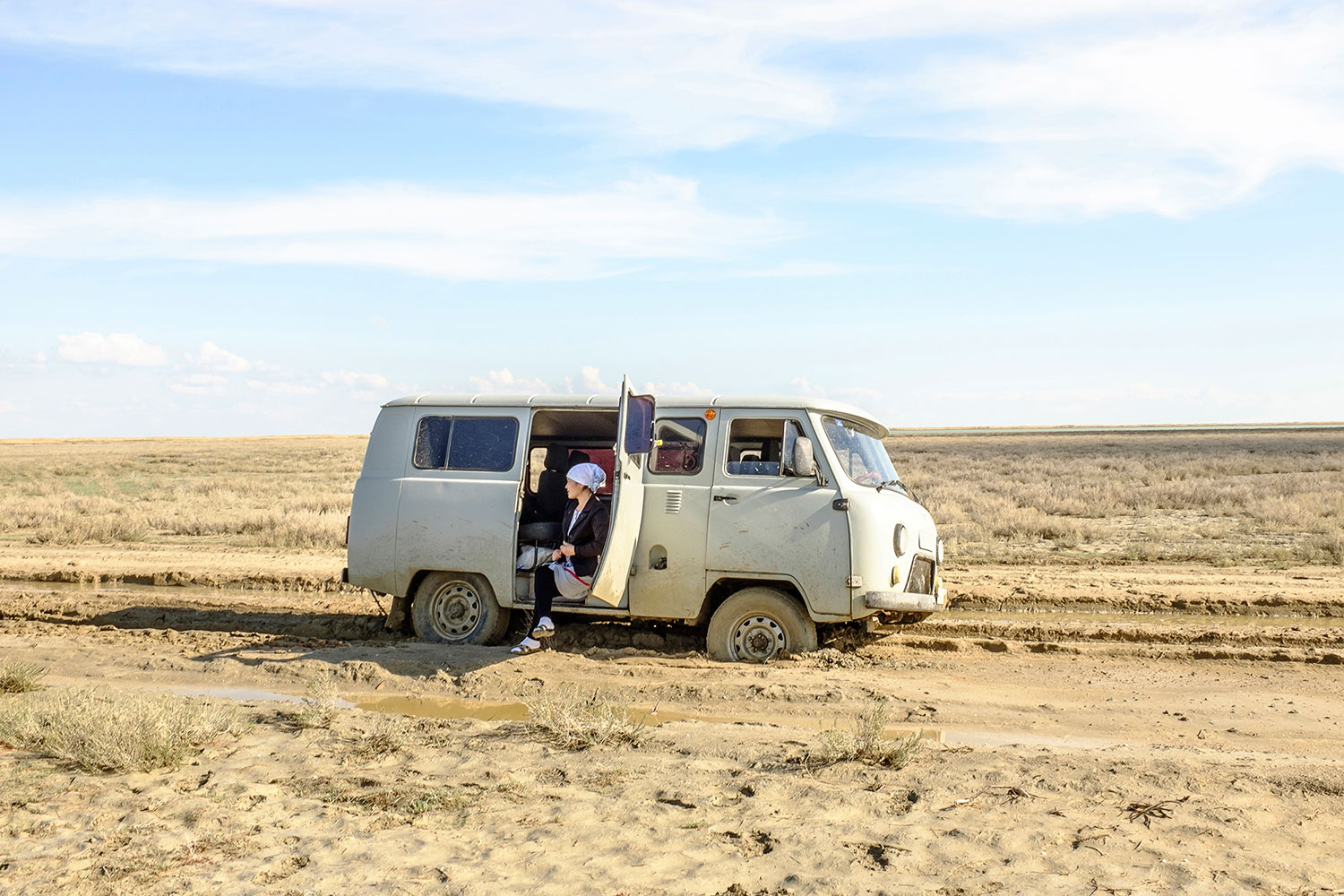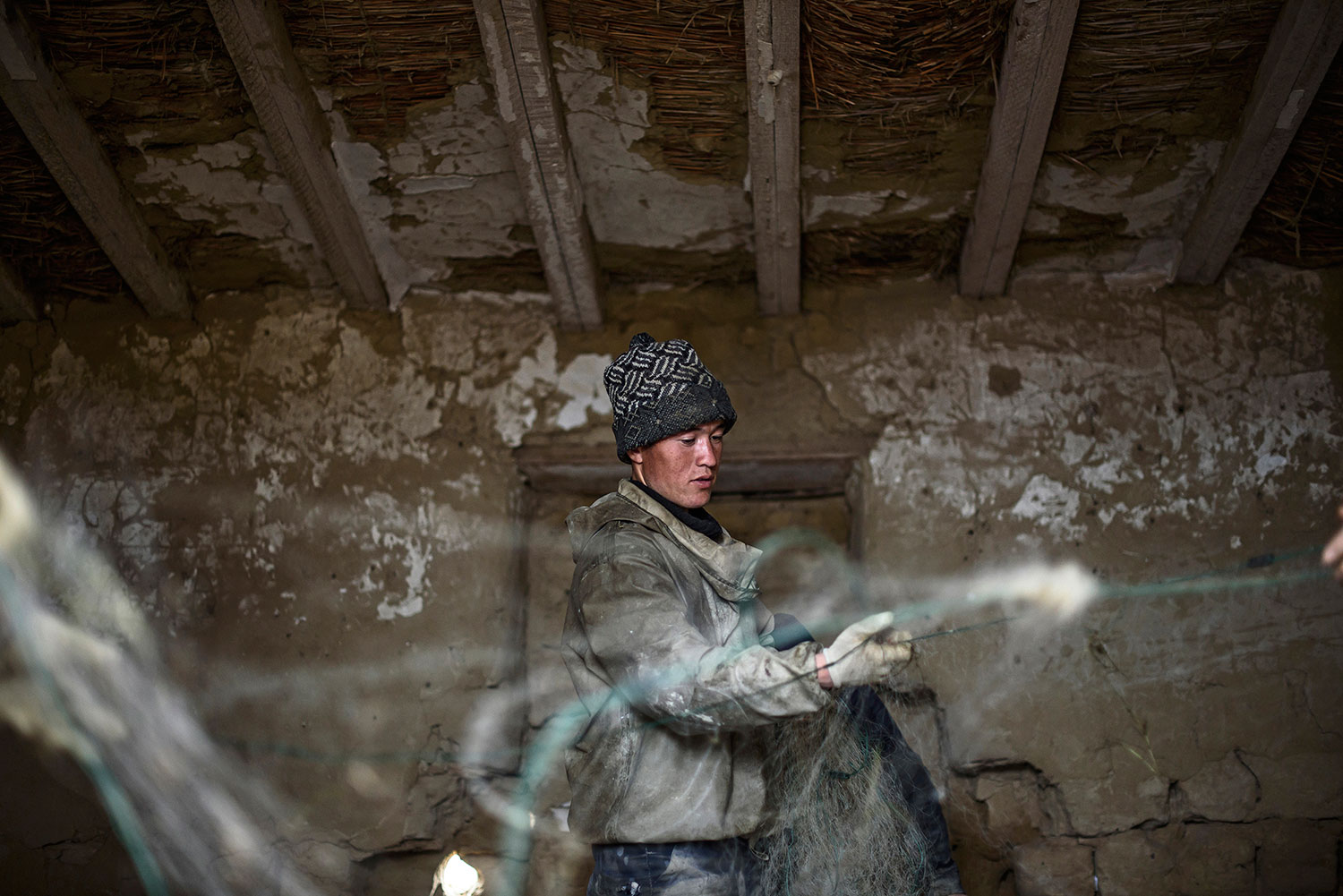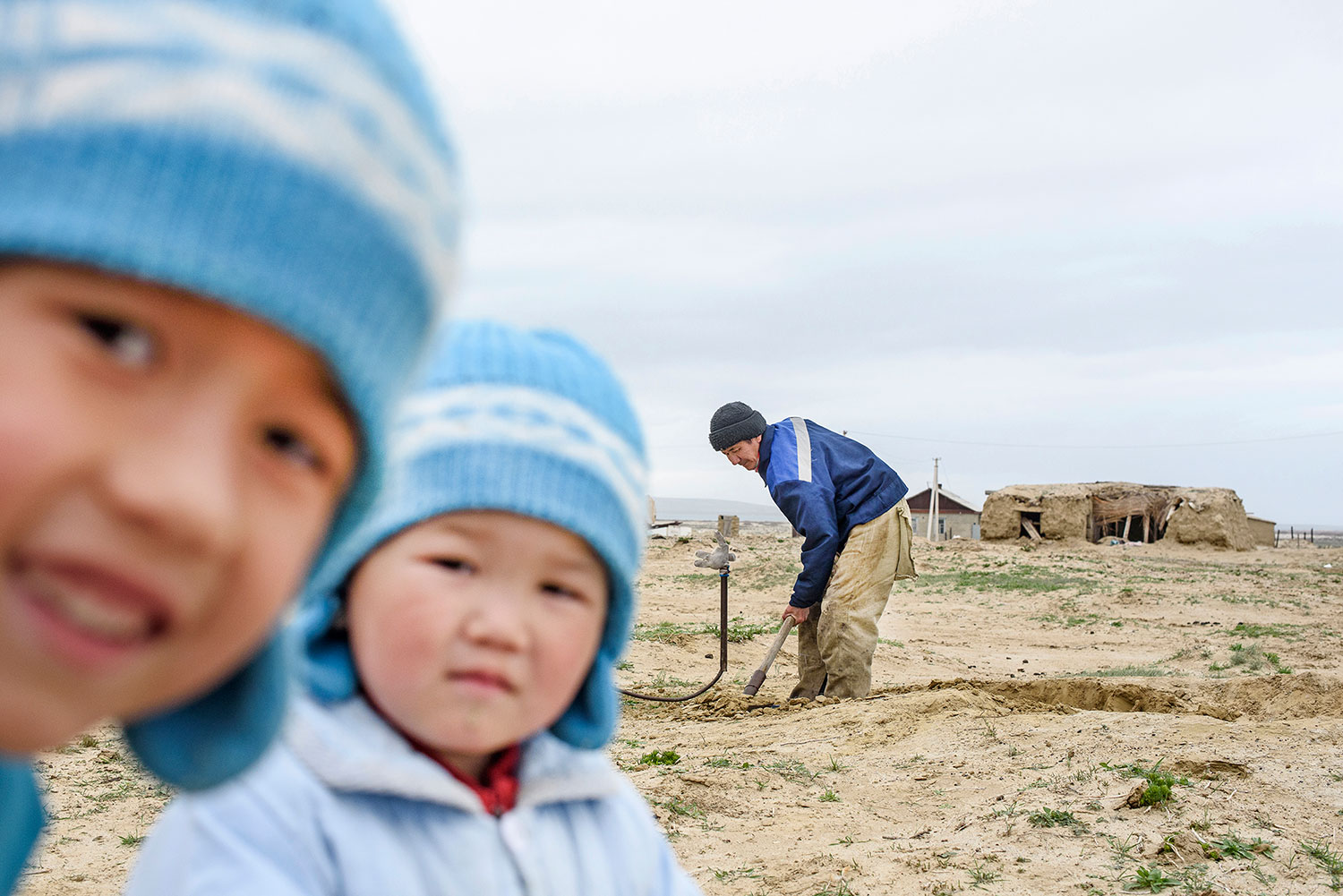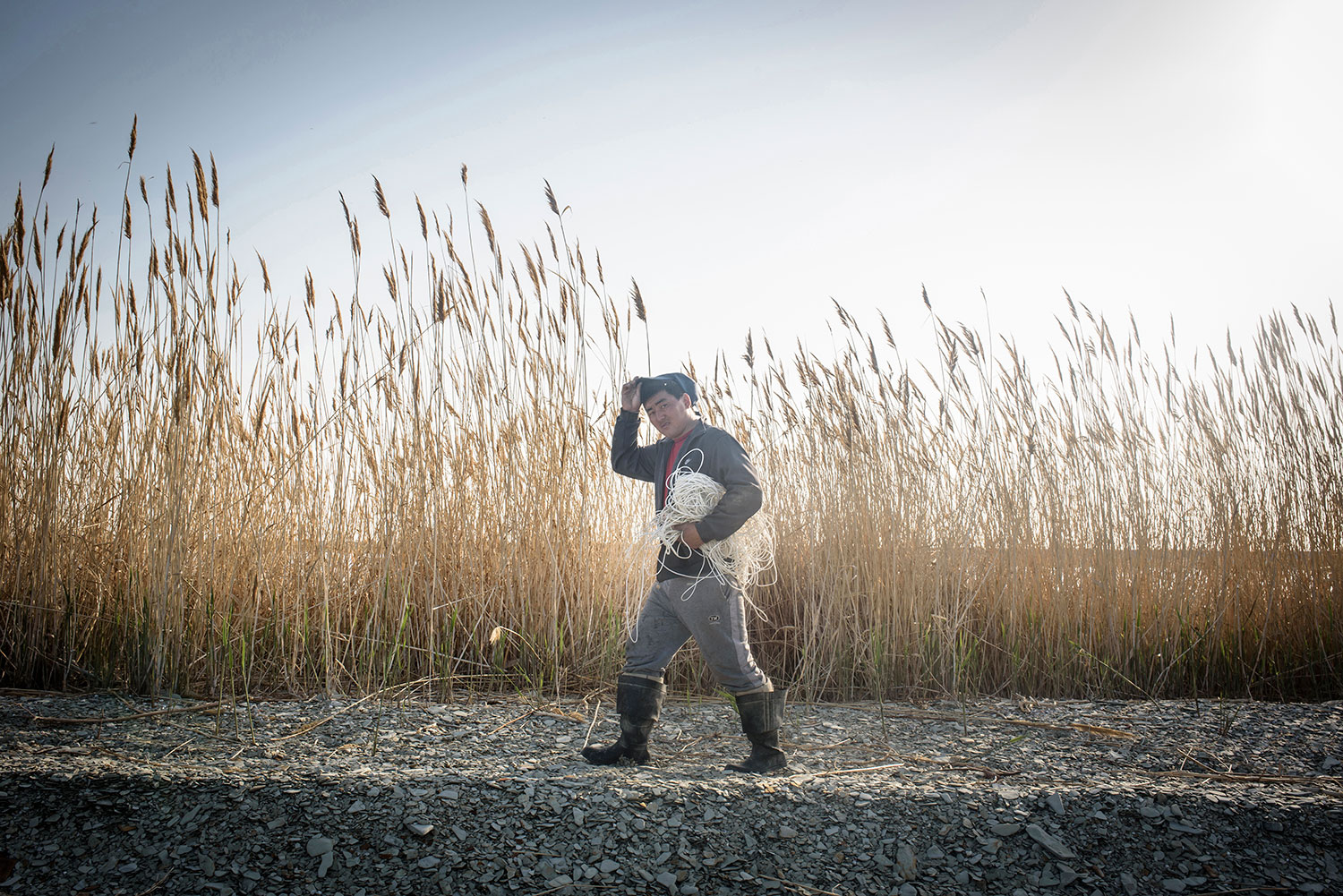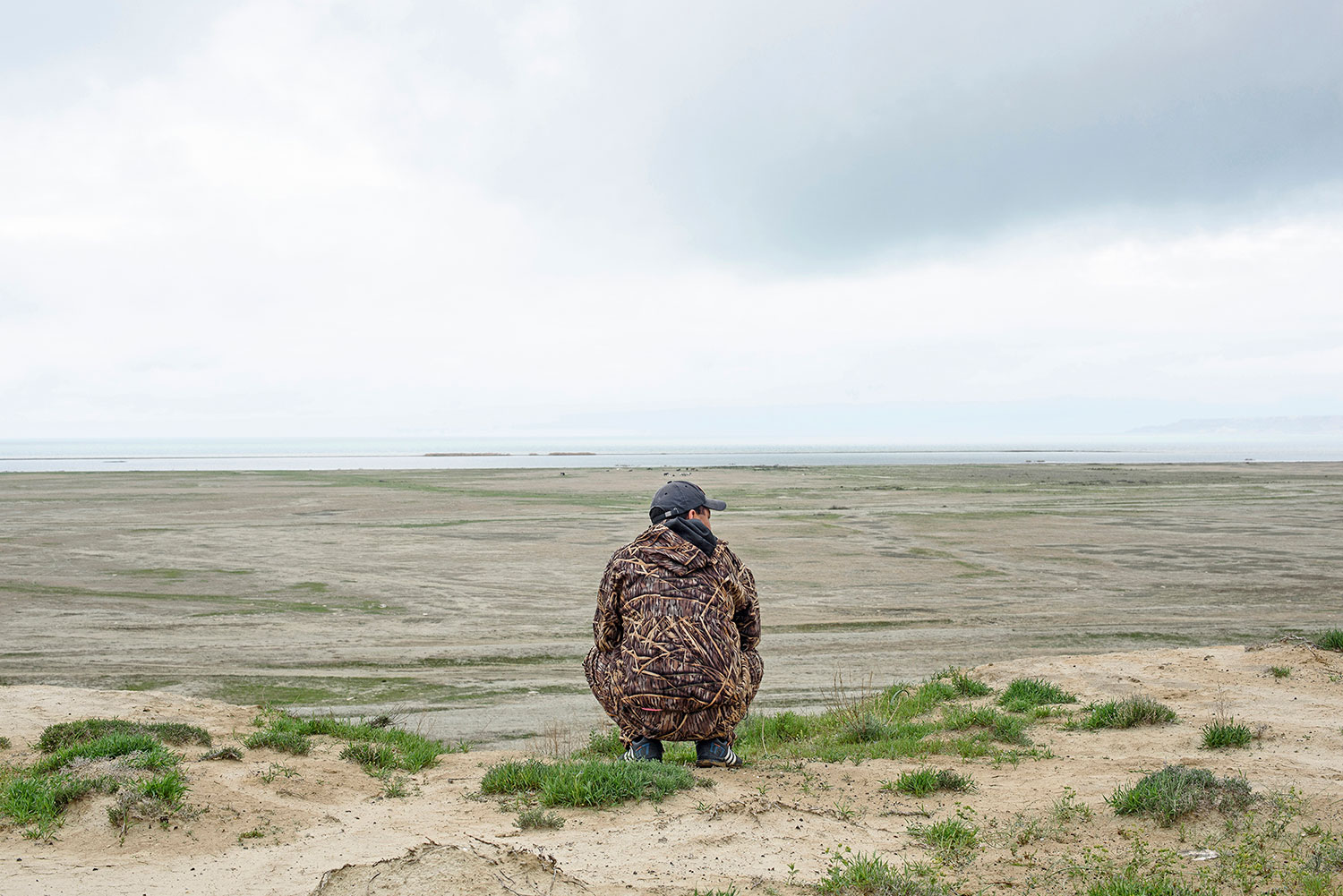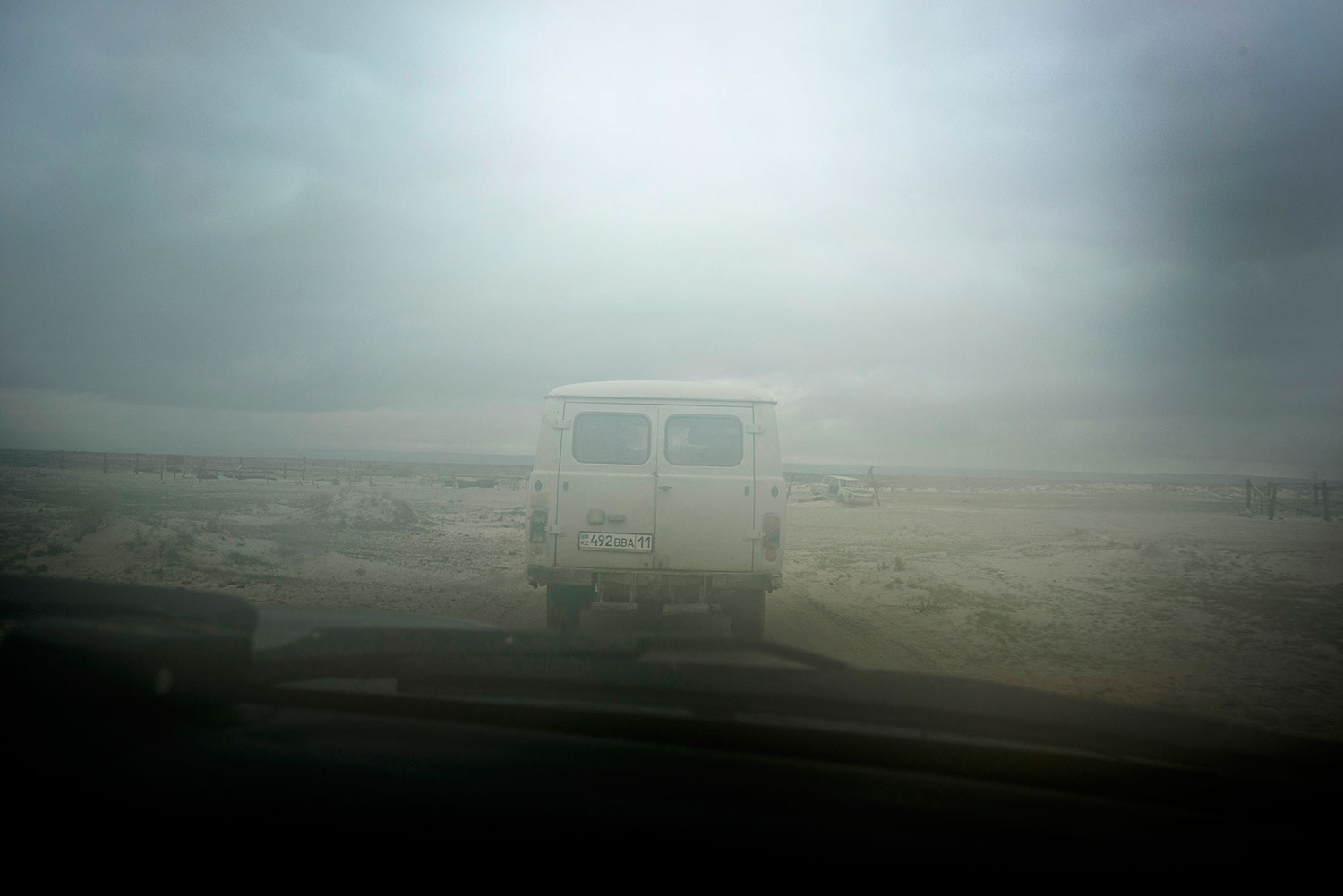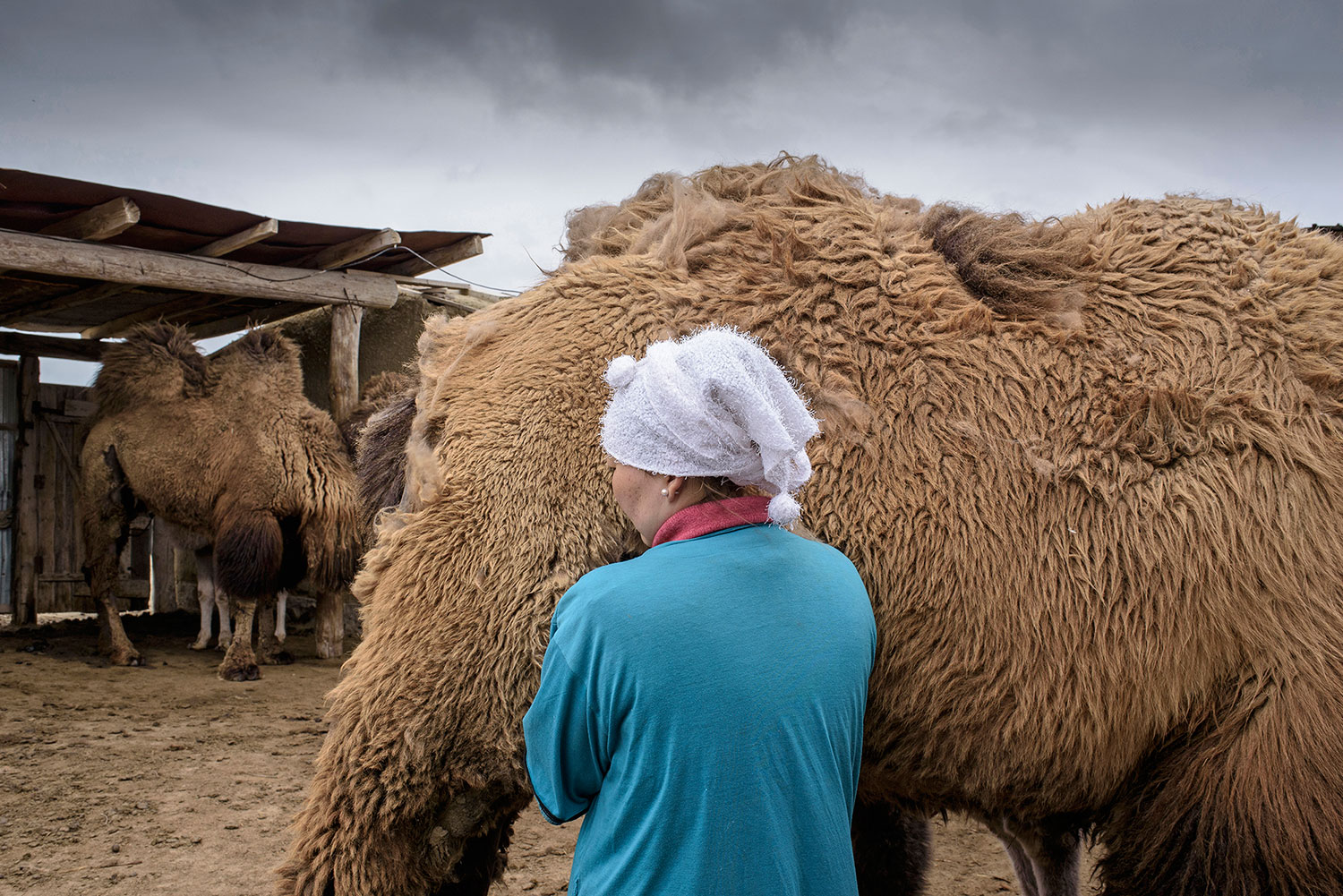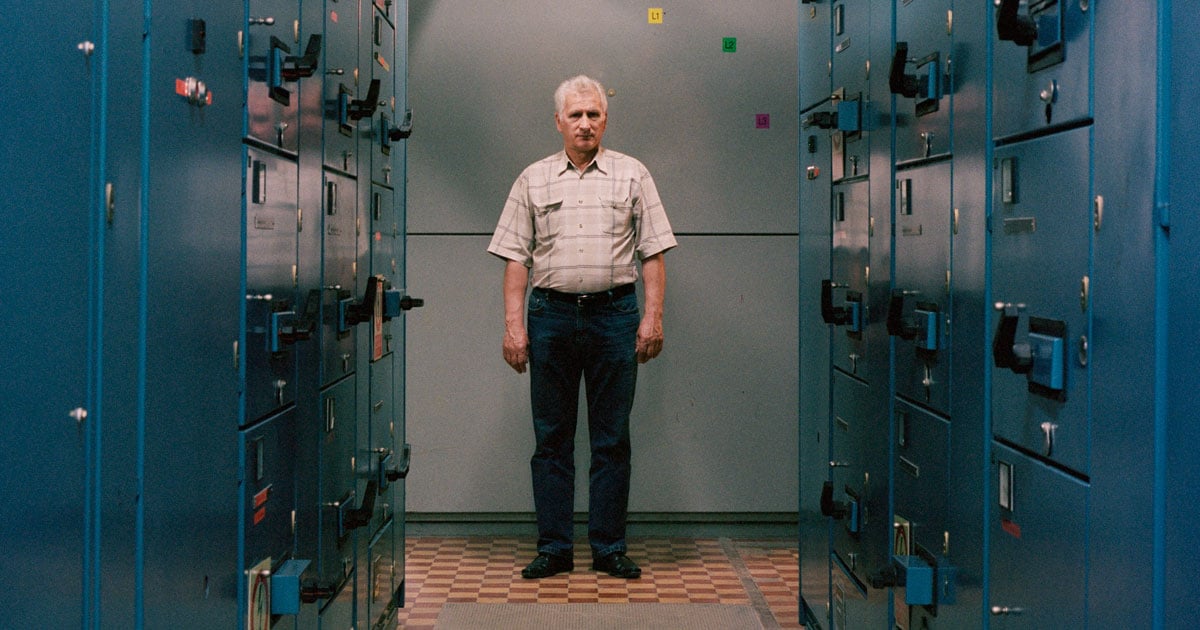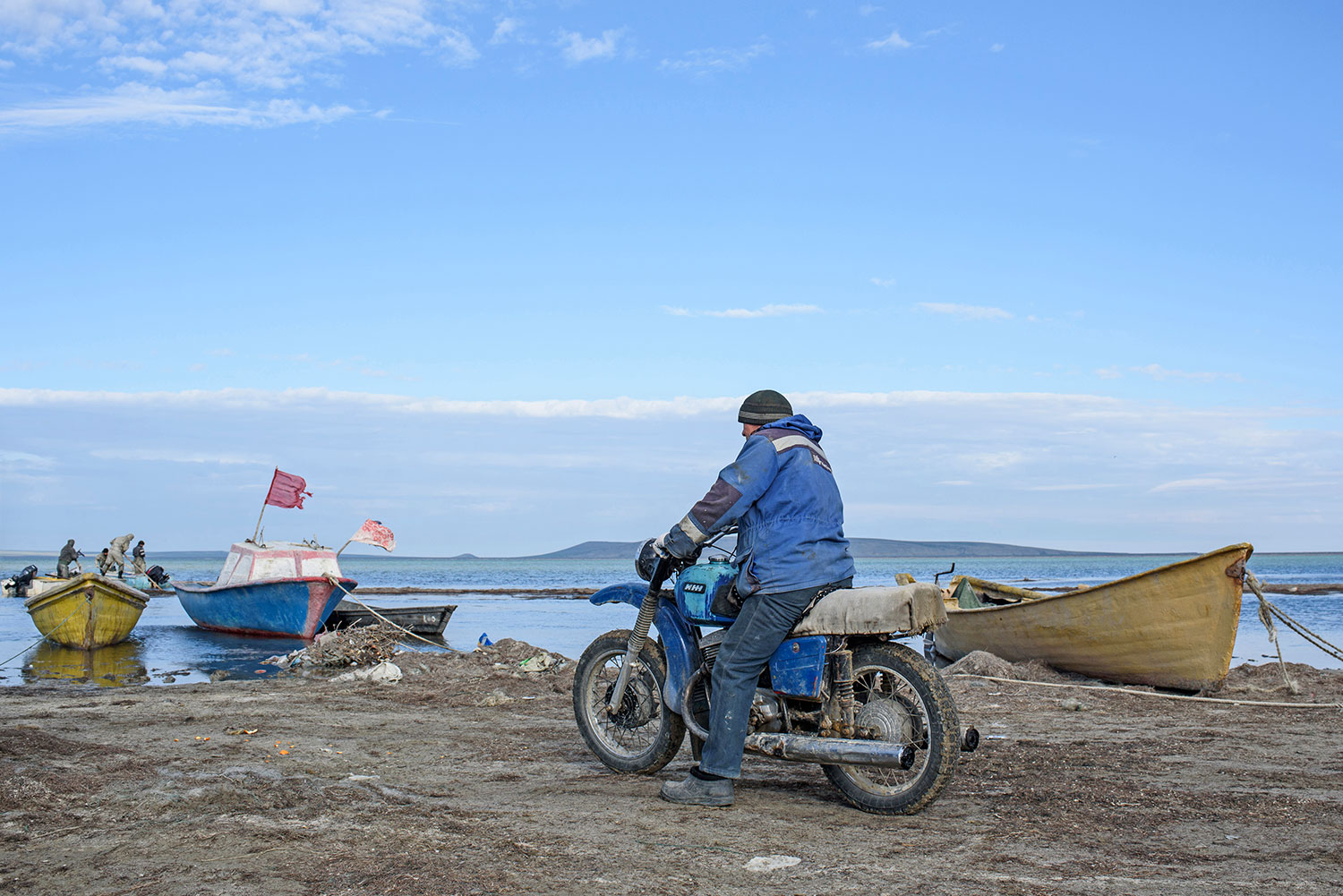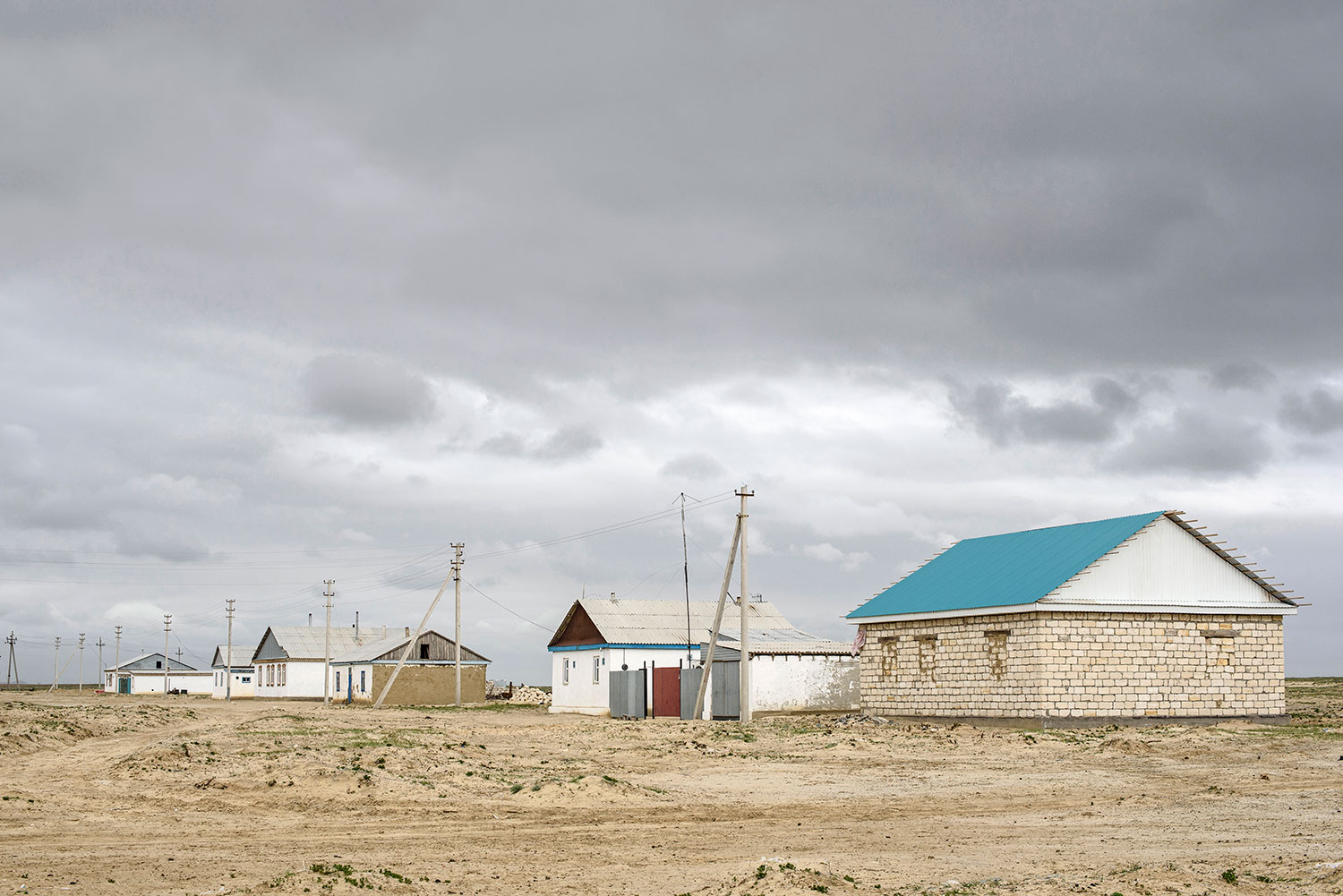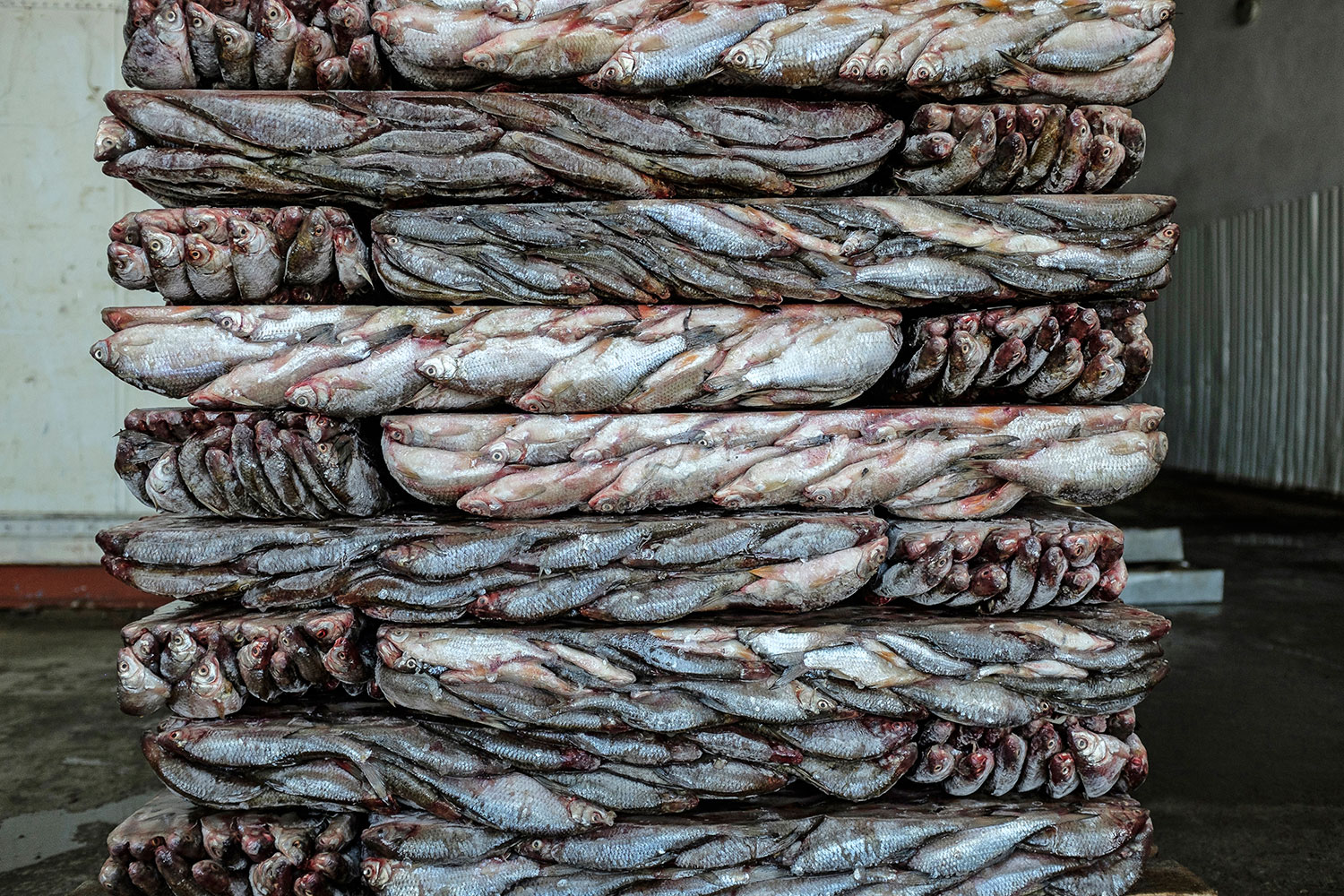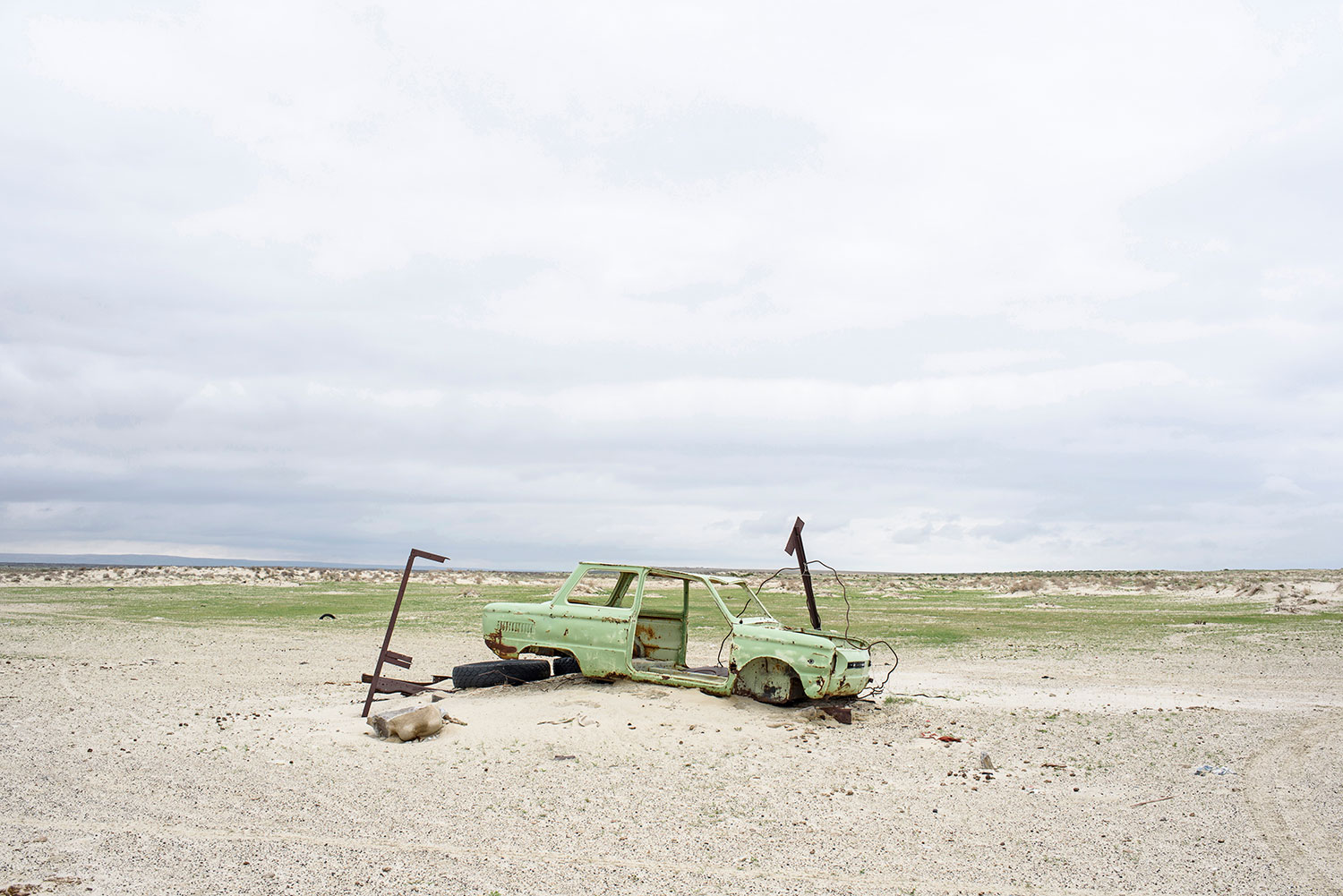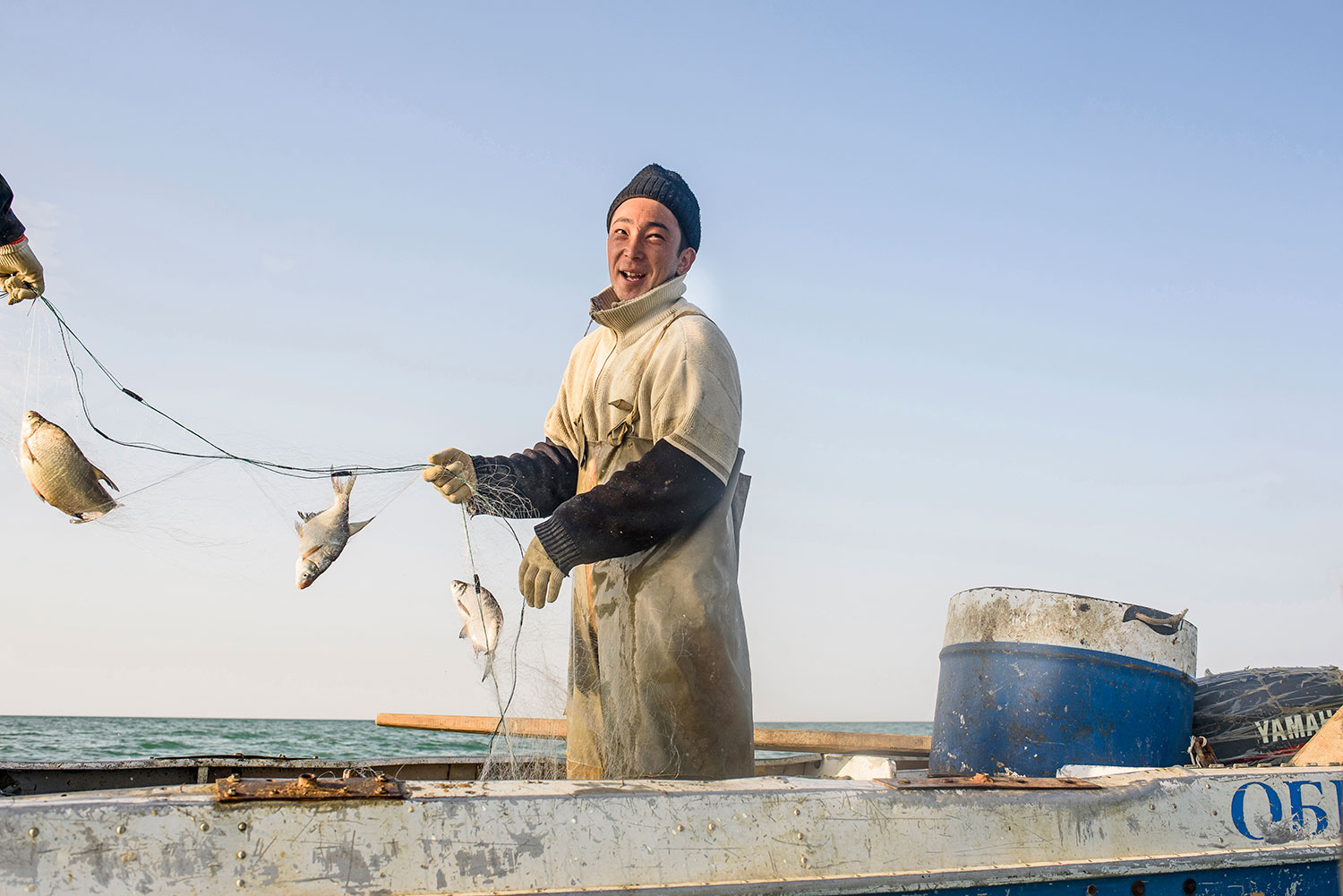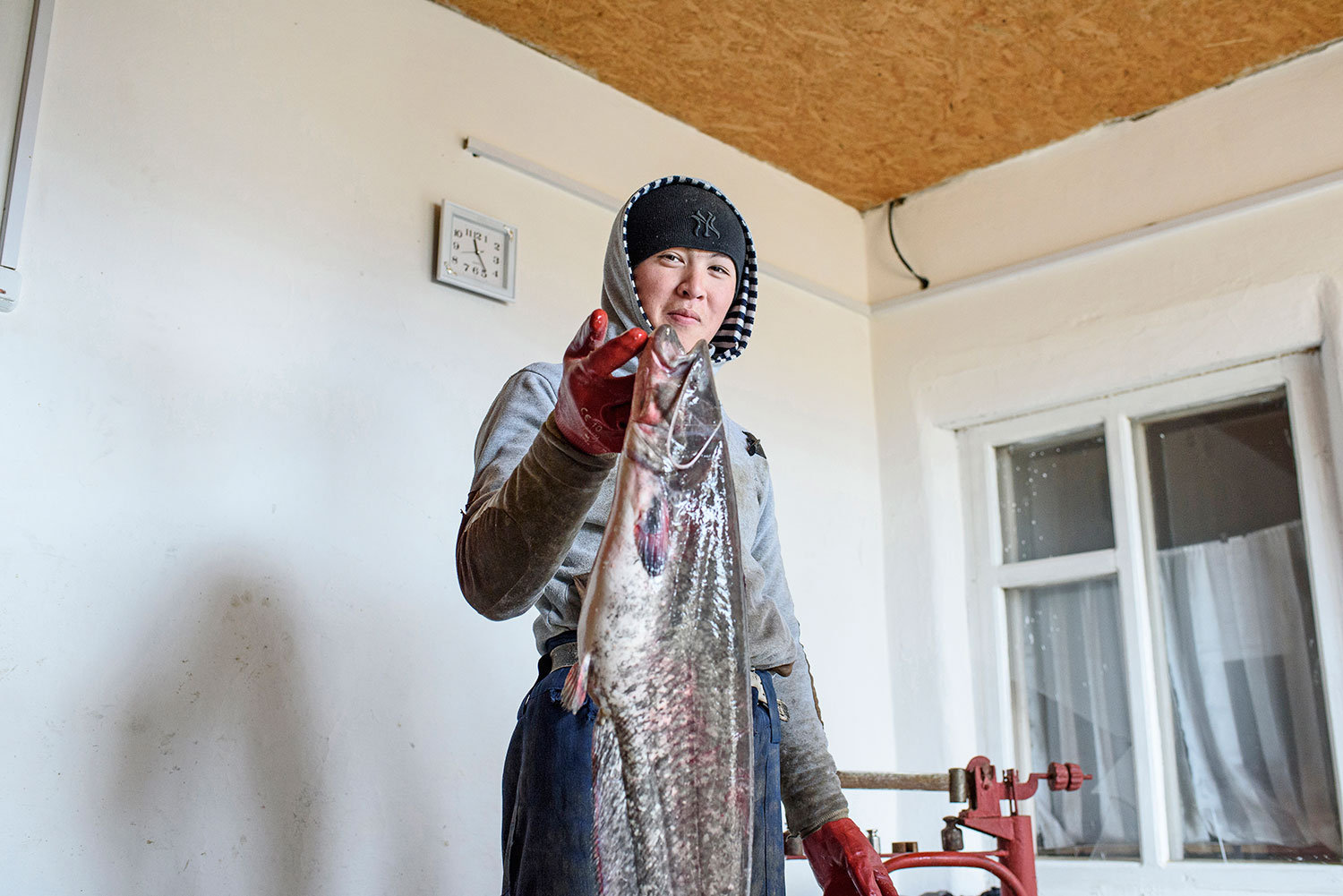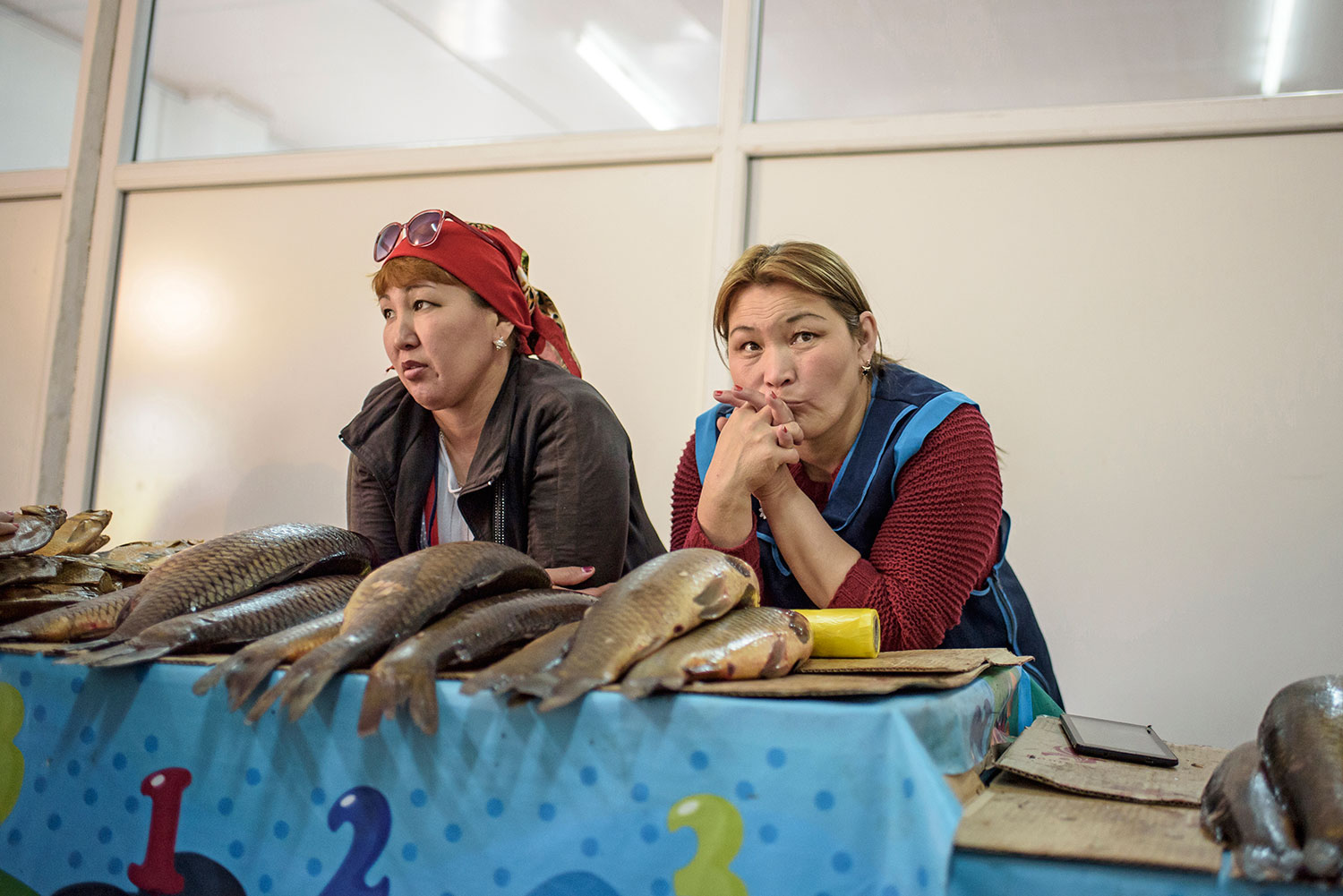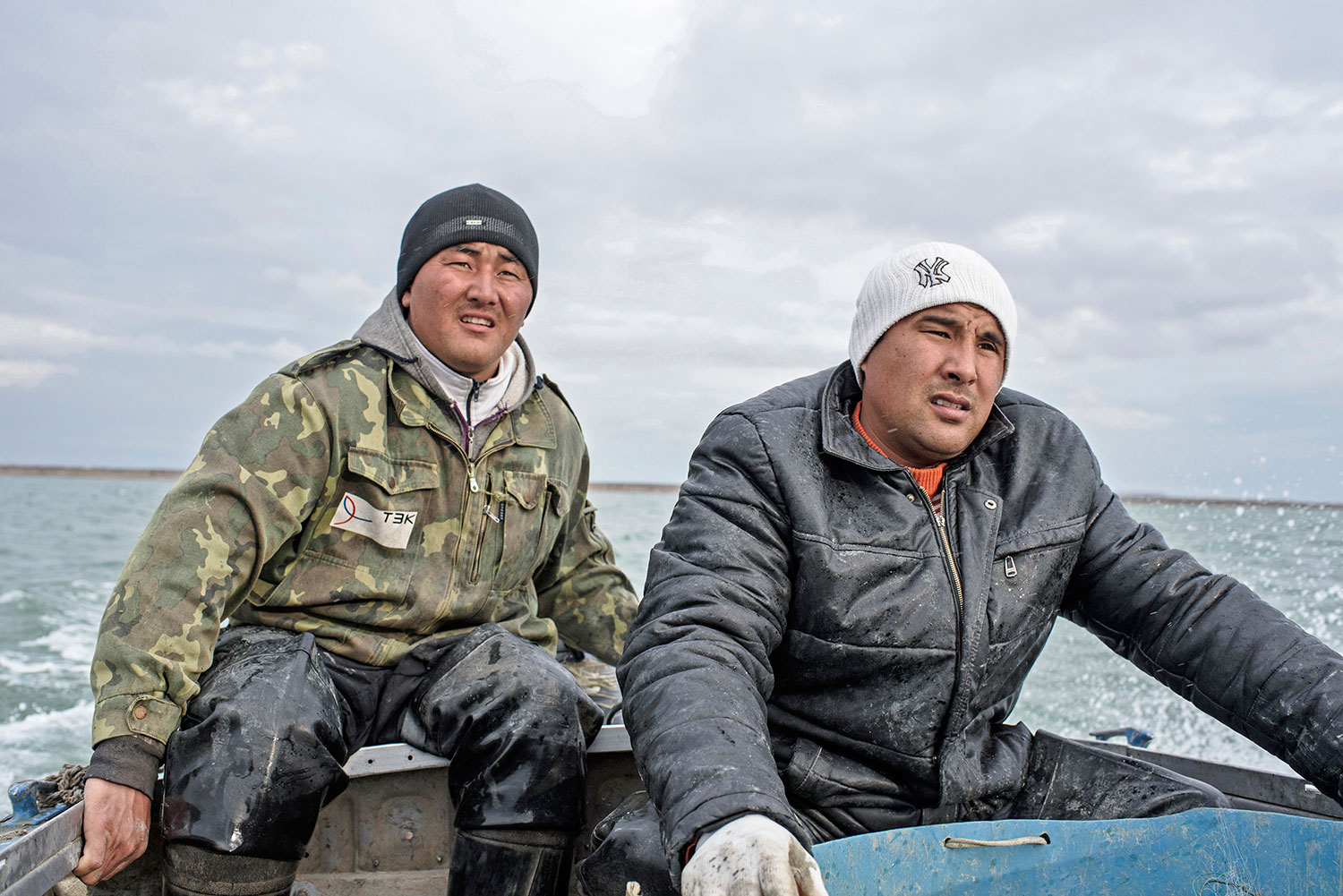Waterworks: documenting the shrunken Aral Sea’s comeback one fish at a time
The Aral Sea was once the world’s fourth largest lake. Lying between Kazakhstan and Uzbekistan, it formed the basin for the two main rivers of Central Asia, the Syr Darya and the Amu Darya. When in the 1960s the Soviet government decided to divert the rivers in order develop the cotton industry in the desert region, they instigated one of the greatest ecological catastrophes of the 20th century. By the 1980s the Syr Darya and the Amu Darya could no longer reach the Aral Sea, which had dissipated to half its size and eventually split into separate lakes — the Northern Aral Sea in Kazakhstan and the larger Southern Aral Sea in Karakalpakstan, an autonomous republic of Uzbekistan. Today, the parched sea conjures up images of rusted fishing boats stranded on stretches of barren desert.
Before the 1960s, these boats would catch fish such as sturgeon, carp, barbel and roach for supply across the USSR. With the Aral Sea drying up, the little water that was left was either too salty or contaminated by fertilisers. Summers became scorching hot while winters plummeted in temperature, and the fishing industry came to a standstill. However, some fisheries remained and are even undergoing a process of revival. In April, French photographer Didier Bizet travelled to the tiny village of Tastuker, situated on the Northern Aral Sea, to document the growing fishing industry there.
Though the process is a slow one, the lake is filling up quicker than expected
“I went to the Aral region because I discovered that it was possible to fish, and for me it is a miracle. Fishing had always been possible but in a very limited space with very few species,” Bizet recalls. The rising water level is down to the Kokaral dam, constructed in Kazakhstan in 2005. Though the process is a slow one, the lake is filling up quicker than expected. “When I found out that a dam had been built and that water was truly coming back, I told myself, this is something people should know about,” Bizet explains.
The majority of fish caught here travels to Russia by truck or train. “It also goes to Kazakhstan but only to the west since there are many lakes and rivers in eastern Kazakhstan,” Bizet adds. Becoming a fisherman is not hard — no licence is necessary, and all you need is your own equipment. Tastuker’s fishermen work through the year in the extreme climate, except for May and June, when they survive on camel farming. “There are two main fishing seasons — winter (from mid-January till March) and autumn (from September till December). April is also good for fishing, because freshwater fish come to shallow water to lay eggs, and they’re easy to catch. From May to mid-June there is no fishing because of spawning season. In summer, it’s really hot, 42-47 degrees, so the fish gets spoiled very quickly, and only few villages have refrigerators,” Bizet says.
Bizet plans to return to the Northern Aral Sea in the new year for the winter fishing season, while locals await the second phase of the dam. Once completed, the higher dam will bring water to Aralsk, the fish-processing centre of the Aral Sea. The photographer expresses the locals’ concern over its delay: “At the moment, money is going to the Expo2017 in Astana” — a major international exhibition focussing, ironically, on tackling environmental issues.
Text: Liza Premiyak
Image: Didier Bizet
